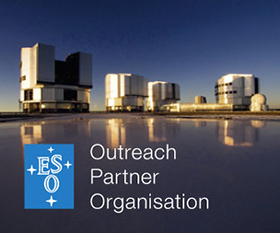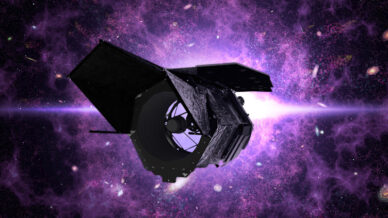
Portuguese researcher participates in the planing of a NASA telescope
The Roman space telescope will have a contribution from the European Space Agency (ESA), which selected for one of the committees of this north-American consortium a researcher of the Institute of Astrophysics and Space Sciences (IA) for his experience in the Euclid Consortium.
Read more
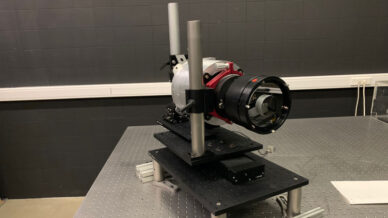
New technology from IA closer to go into orbit
European Space Agency (ESA) approved the first prototype of a precision system for the largest X-ray telescope, developed by a team led by the Institute of Astrophysics and Space Sciences (IA).
Read more
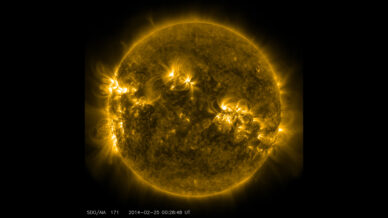
Portugal hosts the world’s largest conference on space weather.
The world’s largest conference on the perturbations from Space and their social and economical impact takes place in Coimbra and is co-organized by the Institute of Astrophysics and Space Sciences (IA).
Read more
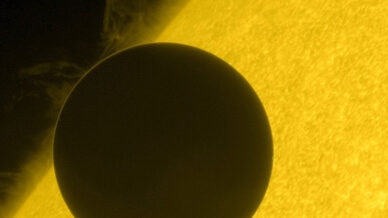
A rare Venus solar transit helps unravel atmospheres outside the Solar System
A team led by the Institute of Astrophysics and Space Sciences (IA) analysed data from this century’s last Venus solar transit and validated methods to study the atmosphere of Earth-sized exoworlds.
Read more
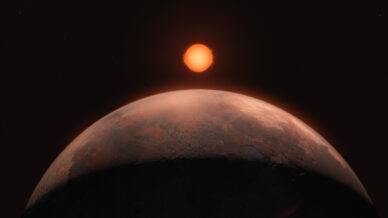
Scientists discover exoplanet orbiting closest single star to our Sun
Barnard b, an exoplanet with half the mass of Venus, was discovered by a team that includes several Instituto de Astrofísica e Ciências do Espaço researchers
Read more
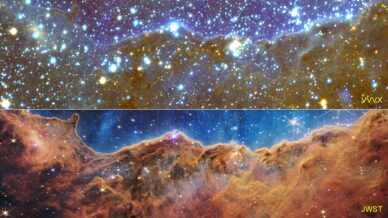
Most detailed infrared map ever of our Milky Way revealed
This map is the result of two observational surveys, spanning over more than 13 years, that had the participation of an Instituto de Astrofísica e Ciências do Espaço collaborator
Read more
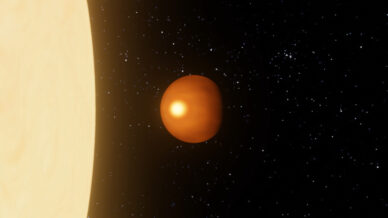
Instituto de Astrofísica e Ciências do Espaço paves the way in the field of Exoclimatology
Three papers about “hot jupiter” WASP-76 b, led by Instituto de Astrofísica e Ciências do Espaço researchers, will be the foundation for understanding the global climate of a giant exoplanet
Read more
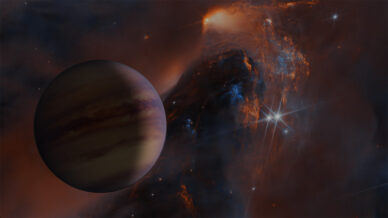
Six new worlds discovered adrift in a cradle of stars
An international team with the participation of the Institute of Astrophysics and Space Sciences (IA) used the James Webb telescope to find planetary-mass objects, but freely moving in interstellar space.
Read more

